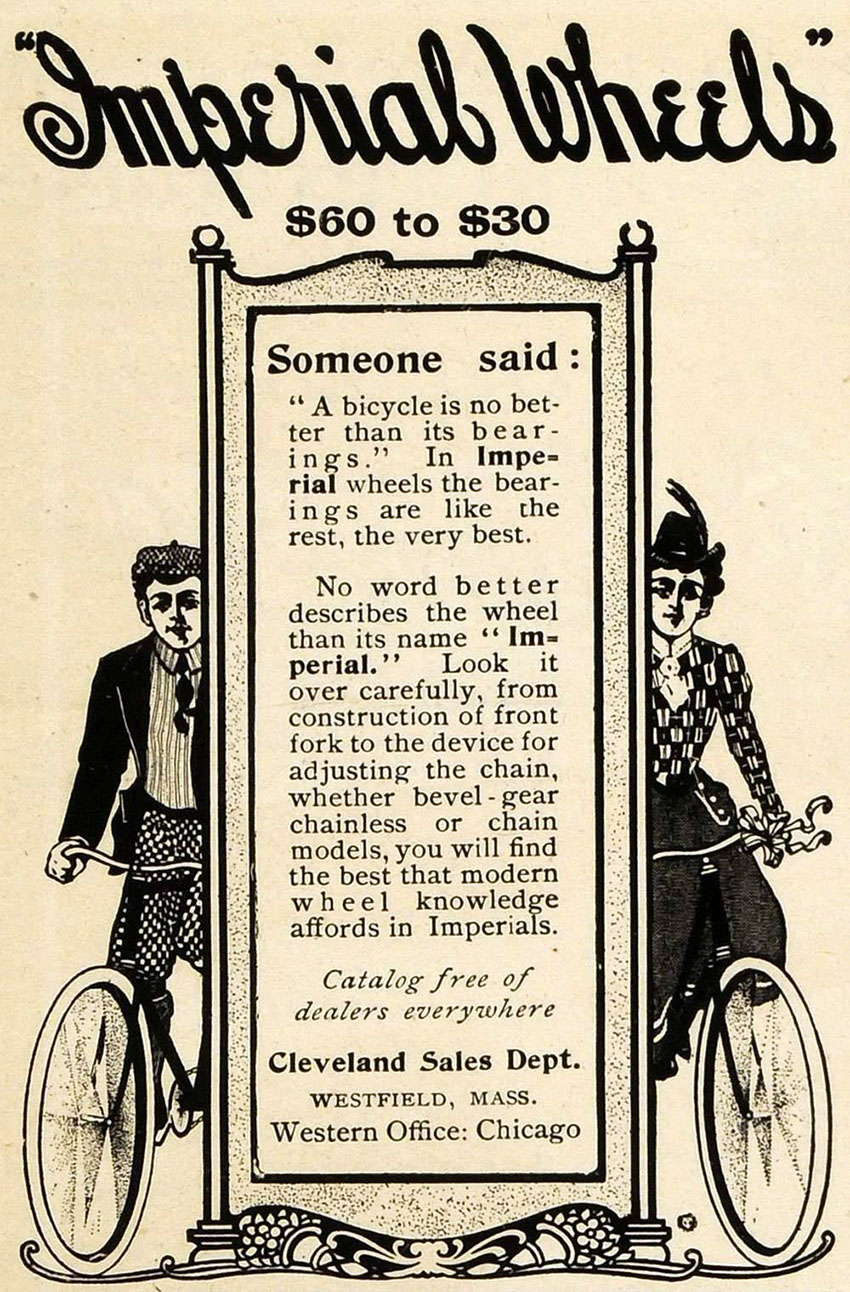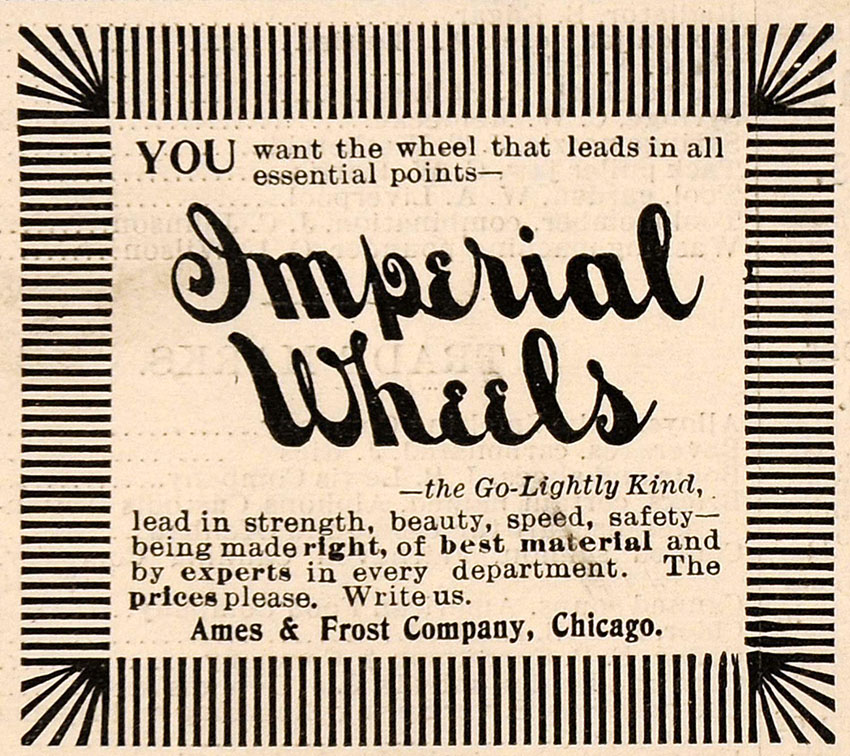

In 1873, William F. Moody of Chicago was granted a patent for a dovetailing machine. The judges’ report at a large Chicago exhibition gave favorable mention to his machine, concluding, ‘The merits of this machine are worth the attention of all manufacturers.’ Another of the exhibitors was a Chicago manufacturer of a portable ‘spring bed bottom,’ Ames & Frost, and they soon began manufacturing Moody’s machine. Late that same year Moody was granted a patent on a rotary steam engine that was assigned to Charles Ames and Abel Frost. In 1874, Moody patented two more improvements to his dovetailing machine. In 1876, Moody exhibited his Ames & Frost dovetailing machine at the Centennial Exhibition, where it again received favourable mention: ‘DOVETAILING MACHINE. Report.—This machine is characterized by great originality of idea, and it performs its work in a very satisfactory manner.’
– United States Centennial Commission, International Exhibition, 1876. Reports and Awards Group XXI
According to Ames & Frost’s 1891 catalogue, their new bicycle line was ‘not an experiment as they have been manufactured for several years.’ They used ‘…imported spokes, best English Seamless Steel Tubing, Hubs of superior Gun Metal, and Castings of Aluminium Metal.’
With a wholesale and retail distribution network already established for their other metal products, Ames & Frost was a successful cycle company in the ‘boom’ years of the 1890s. In June, 1897, the US Army trialled the use of bicycles for military purposes with a 1900 mile ride across country from Montana to St Louis. One of the soldiers was ‘…Private John Findley, who had spent four years as a mechanic for Ames & Frost’s Imperial bicycle works in Chicago. If a disabled bike needed more work, Findley would give up his own wheels to a rider so the column could continue. Once he had completed the repairs, Findley would pedal the repaired bike like a demon to catch up with the others.’
However, by the end of the 1890s, the American cycle industry was in trouble from over-production and monopolist practises, and Ames & Frost, like most other companies, were forced to merge into ‘The Trust’ – The American Bicycle Company – which subsequently folded in 1902. There is little information available about Ames & Frost after 1896. I believe the rare machine featured here is one of the last Ames & Frost Imperials, made by the company around the time of the merger.


1901-1912 Ames & Frost ‘Imperial’
19″ Frame
28″ Wheels

This rare Imperial was was restored many years ago and previously displayed in an American museum. It was acquired by my friend David, who subsequently sold it to me. It appears to be in original condition, including wheels fitted with old ‘chain tread’ tubeless tyres that hold air. The bell is likewise from the turn of the century. This frame style is known as the ‘camel back.’ Because the top tube slopes downwards toward the seat tube, it reduces the distance between the top of the seat tube and the centre of the pedals, allowing this model to be ridden by a rider with a shorter inside leg measurement – despite the fact that it’s a large bicycle with 28″ wheels.
The American cycle industry was in a state of flux during the early 1900s. Although it was previously described as a c1900 Imperial, I can find no information to confirm that age, so until I receive supporting evidence, I’ve declared its age as 1901-1912.






















1891 AMES & FROST CATALOGUE


















WF Moody info thanks to – http://vintagemachinery.org/mfgindex/detail.aspx?id=1590
Buffalo Soldiers info thanks to – http://www.historynet.com/the-buffalo-soldiers-who-rode-bikes.htm






































